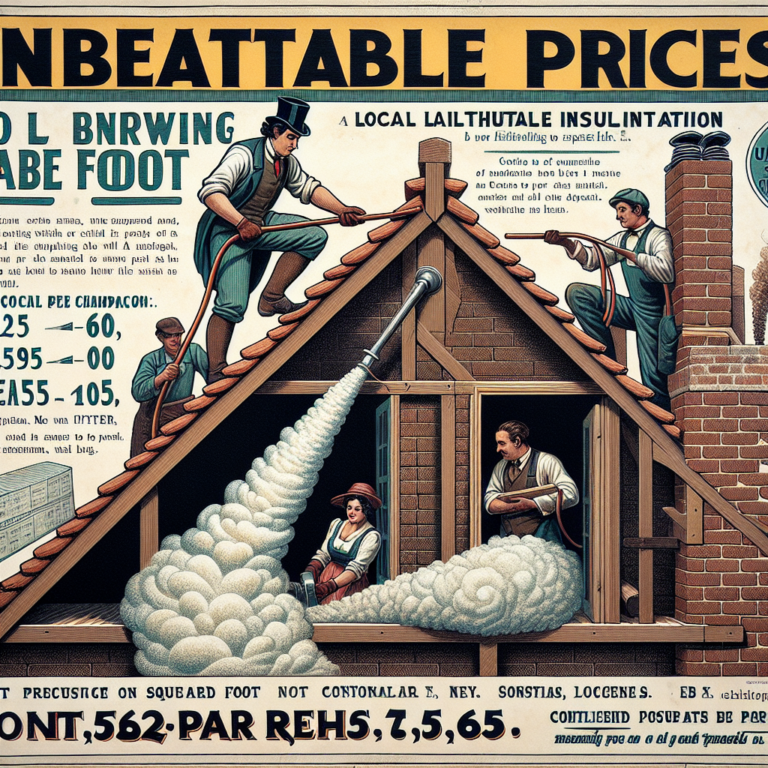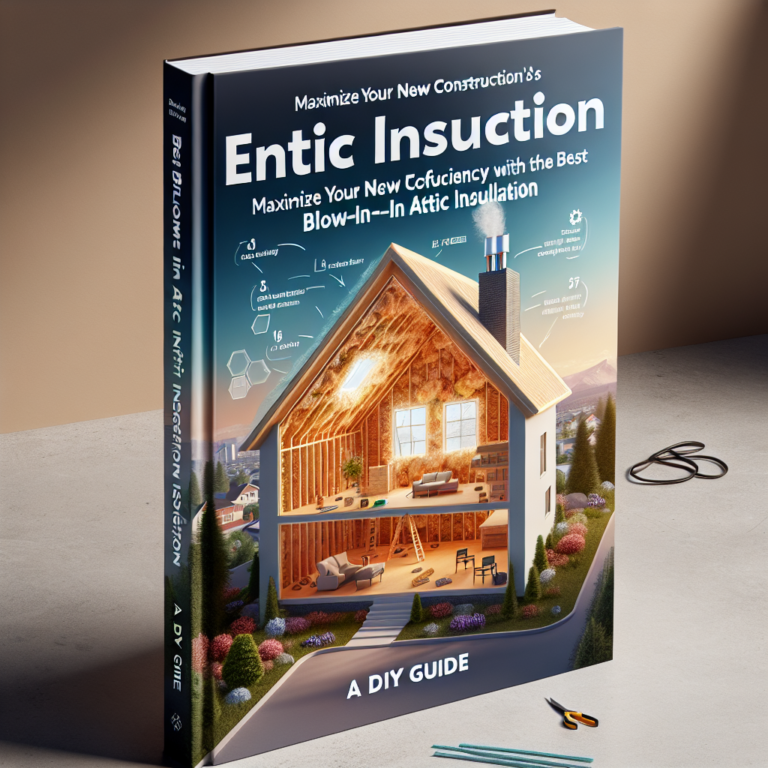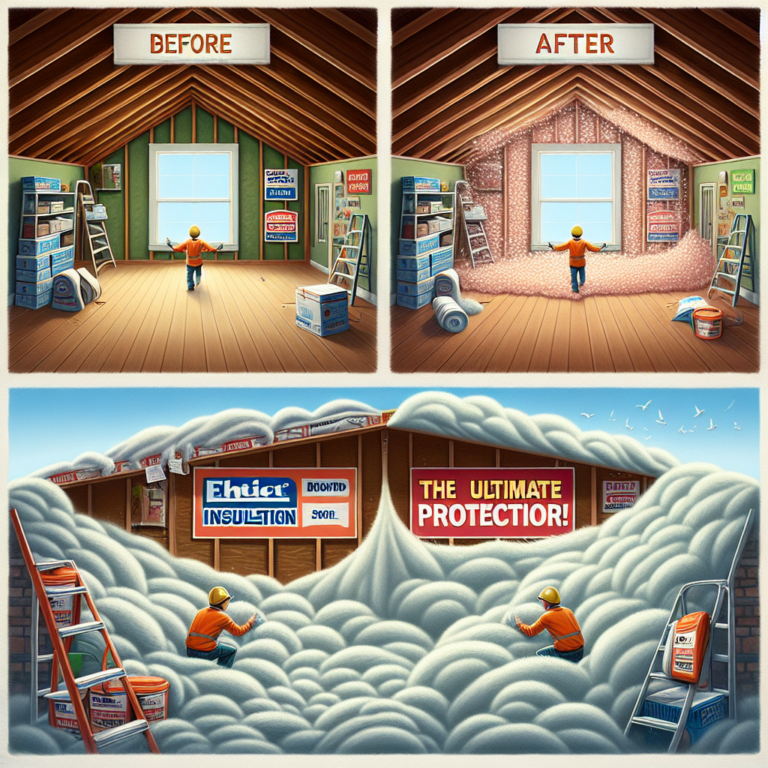The Ultimate Guide to Blown-In Insulation for Homes
Table of Contents
- Introduction
- What is Blown-In Insulation?
- Top Benefits of Blown-In Insulation
- Installation Guide
- Types of Materials Used
- Maintenance and Care
- FAQ Section
- Conclusion & CTA
Introduction
Enhancing your home’s energy efficiency and comfort during all seasons begins with the right insulation. Blown-in insulation for homes is one of the most effective methods to achieve superior thermal performance and a noticeable reduction in energy bills.
What is Blown-In Insulation?
Blown-in insulation, also known as loose-fill insulation, involves distributing insulating materials into wall cavities, attics, or floors using a special blowing machine. This type of insulation is perfect for reaching awkward or hard-to-reach spaces that traditional insulation rolls can’t cover.
Top Benefits of Blown-In Insulation
- Enhanced Home Comfort: Helps maintain consistent indoor temperatures.
- Energy Efficiency: Reduces the need for heating and cooling, lowering utility bills.
- Increased Home Value: Improves the overall energy efficiency rating of your home.
Installation Guide
Step 1: Assessment and Preparation
Before installing blown-in insulation, homeowners must ensure their home is evaluated by professionals to determine the best insulation strategy.
Step 2: Installation
Professional technicians will use specialized machines to blow the insulation materials into place, ensuring even coverage and density.
Step 3: Post-Installation Check
Following installation, it’s crucial to review the area to ensure the insulation is distributed correctly.
Types of Materials Used
Common materials used for blown-in insulation include fiberglass, cellulose, and mineral wool, each having unique benefits and suited for different climatical conditions.
Maintenance and Care
Generally low maintenance, blown-in insulation does not settle over time and maintains its effectiveness for the life of the home with minimal upkeep.
Department of Energy – Insulation Guides
Effective Home Heating
Our Insulation Solutions
Energy Saving Tips
Contact Us for More Information
FAQ Section
Q: What are the key benefits of blown-in insulation for homes?
A: Blown-in insulation significantly enhances energy efficiency, improves indoor comfort, and can be installed in hard-to-reach areas, making it ideal for older homes.
Q: How long does blown-in insulation last?
A: When properly installed, blown-in insulation can last for more than 30 years, delivering continual energy savings.
Conclusion & Call to Action
Transforming your home with blown-in insulation not only increases comfort but ensures your energy bills are kept to a minimum. Ready to upgrade your home’s insulation?




